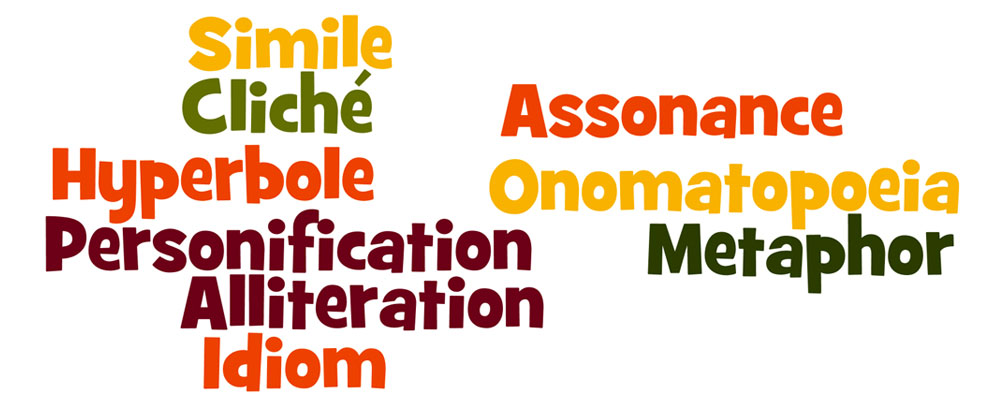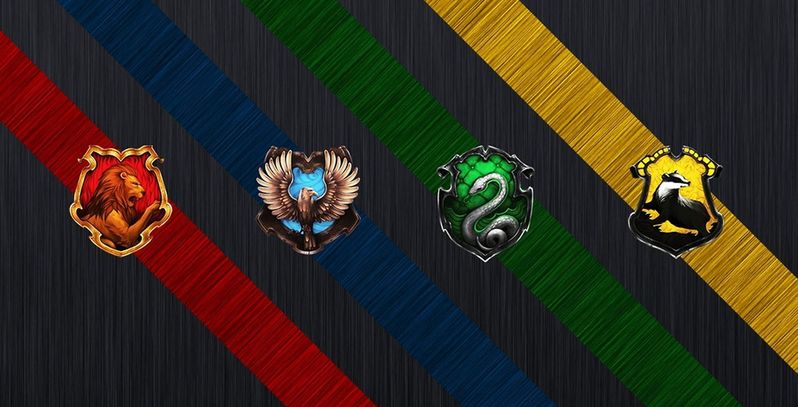Take this Figurative Language quiz to find out. We update the quiz regularly and it’s the most accurate among the other quizzes.
Figurative language can be difficult to understand (like moving a mountain! ), so we’ve put together a quick guide to explain what it is, why it’s useful, and how to use it yourself. There are many different kinds of figurative language; we explain five of the most common types and provide examples.
What exactly is figurative language?
Figurative language is defined as any time you stretch the literal meaning of words for effect, whether to sound artistic, make a joke, or communicate more clearly and engagingly. Figurative language is a common technique in narrative writing in which the author attempts to connect emotionally with the reader.
Literal language, or phrasing that uses the exact meaning of the words without imagination or exaggeration, is the inverse of figurative language. For example, if an athlete is performing well, you might say they’re “on fire.” If their clothes catch fire (which hopefully won’t happen), they’ll be literally on fire.
What is the significance of figurative language?
In certain contexts, such as professional communication, academic papers, or legal documents, literal language serves a purpose. To put it bluntly, literal writing can be boring in other contexts.
On the contrary, figurative language enhances the readability and amusement of writing and speeches. The reader or listener must think about the words more carefully, as if deciphering a riddle, indicating that they are actively participating. Also, you must try to play this Figurative Language Quiz.
Figurative Language quiz
Figurative language can also be used to help simplify complex ideas. Scientists may use it to explain more complex aspects of their research that a general audience may not comprehend.
Schrödinger’s cat, for example, is a popular thought experiment used to explain paradoxes in quantum mechanics; without figurative language, you’d have to learn about subatomic physics, quantum superposition, and a slew of other difficult concepts. The metaphor makes it easier to learn for people who haven’t had years of scientific training.
Figurative language makes extensive use of literary devices, especially the five listed below. Literary devices, in general, help to make your writing more entertaining, comprehensible, and poignant, so it’s no surprise that they complement figurative language.
Simile. A simile is a figure of speech that compares two distinct ideas by using a clear connecting word, such as “like” or “as.” Similes include phrases like “he was as cunning as a fox” and “I slept like a log.”
Metaphor. A metaphor is similar to a simile, but there are no connecting words. It simply asserts that two distinct things are the same. “He was a cunning fox,” for example, or “she cried a river of tears.”
Metaphor is implied. Metaphors can take several forms. The object of comparison is sometimes implied rather than explicitly stated, as in the phrase “He barked commands at the team,” which implies a comparison to a dog.
Personification. Personification imparts human characteristics to inanimate objects, such as animals or natural elements. Personification can be found in phrases such as “the wind howled,” “the words leaped off the page,” and “Time marches on.”
About the quiz
Hyperbole. Hyperbole is an extravagant, deliberate exaggeration. “I have a million things to do today,” for example, is an example of hyperbole.
Allusion. Allusion occurs when a text refers to another text, or possibly a person, place, or event. It can be explicitly stated or implicitly stated. “We’ve entered a Garden of Eden,” for example, is a reference to the biblical location.
Idiom. Idioms are non-literal turns of phrases that are so common that almost everyone who speaks the same language understands them. “He stole her thunder,” for example, and “We’ll cross that bridge when we come to it.”
Pun. A pun is a wordplay. It uses the different meanings of a word or its homonyms to create a humorous effect. “Time flies like an arrow,” for example, is a well-known pun. “Fruit flies as fast as a banana.”
Onomatopoeia. Words in onomatopoeia sound like the thing they describe. Everyday examples include sound effects like “tick-tock” and “ding-dong,” as well as words like “zap” and “hiccup.” Individual words are not always onomatopoeic, but they become so when placed in context, as in Edgar Allan Poe’s “suddenly there came a tapping, as of someone gently rapping, rapping at my chamber door.”
Alliteration. Even though it does not involve figures of speech, many experts consider alliteration to be an example of figurative language. Alliteration, on the other hand, is a sound device that adds meaning to the text’s literal language. It happens when a string of words begins with the same letter sound, as in “wicked witch” or “from forth the fatal loins of these two foes.” This can aid in the creation of imagery or mood, hence the connection to figurative language.
For more personality quizzes check this: Which Turning Red Character Are You?




